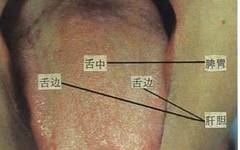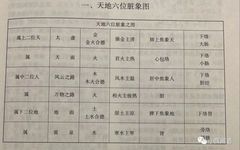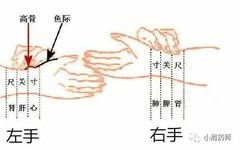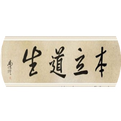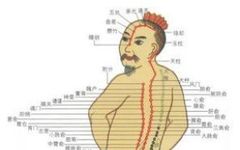Cupping Therapy: An Art of Healing
1 What is Cupping Therapy Cupping therapy (zǒu guàn), also known as sliding cupping or moving cupping, involves applying a lubricating medium to the treatment area and the rim of the cup, followed by using the flash fire method to create suction on the selected area of the skin. The practitioner then moves the cup … Read more



